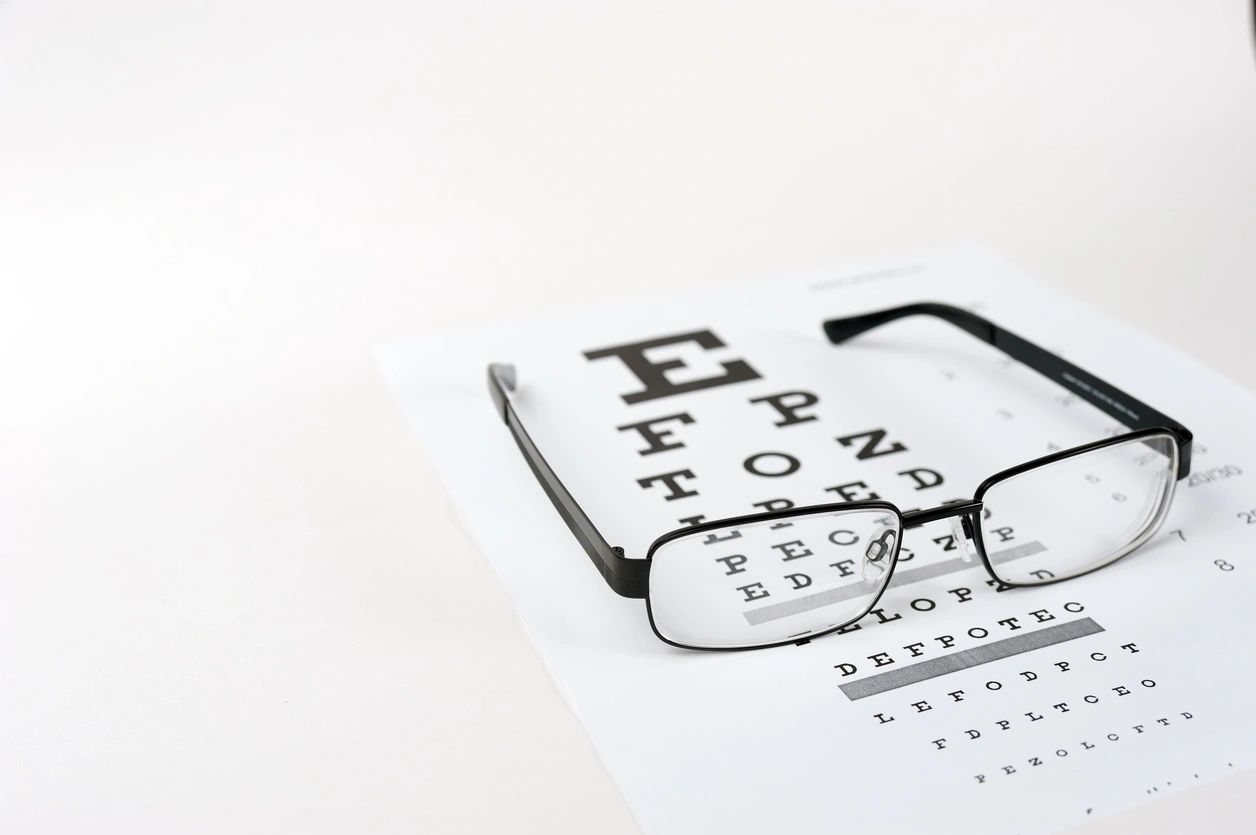Glaucoma part 2

Glaucoma part 2
Dr. Claire Arcidiacono, ND
Today we will be completing our 2 part blog series on glaucoma. Let’s get right into it, shall we? The symptoms you may experience with glaucoma can vary slightly depending on the type you have. This is due to the differences in what is causing the nerve damage in the different types. Let’s start with open angle glaucoma. As I said in my 1st blog open angle is the most common type of glaucoma. In the beginning stages there is often no symptoms. As the disease progress’s patchy blind spots begin to appear in your peripheral vision. This visual difficulty will eventually extend into your central vision. One of the key note features of acute or closed angle glaucoma is how quickly the symptoms appear. You may experience a sever headache/eye pain, blurry vision and even see halos or rings around light’s. The color of your eyes may become red. On a more systematic note you may experience nausea or vomiting. In normal – tension glaucoma just like we saw in open angle glaucoma it may initially presents with no symptoms. Over time vision will become blurry and this can eventually lead to a loss of peripheral vision. In pigmentary glaucoma you may experience halos around lights. When you exercise your vision may become blurry. As the disease progress’s there is a loss of peripheral vision. Lastly what can you look for in children who may have glaucoma? Children with glaucoma may have headaches and blurry vision. They may have nearsightedness that gets worse over time. As a care giver you may notice that infants have dull or cloudy eyes. There may be an increase in how often they blink. Lastly infants may have tears without crying. (1)
Now what are the most common risk factors for glaucoma? Diabetes is a huge risk factor for glaucoma. In fact for those with diabetes they are twice as likely to get glaucoma as those without diabetes! The less controlled your diabetes the higher the risk of glaucoma becomes. This is just one reason why it is so important to stay in control of any chronic disease you may have or be at risk of developing. Having a previous eye injury or any eye surgery is also a risk factor. Additionally having a family history of glaucoma increases your risk. Having either hypertension or hypotension are both risk factors. Using corticosteroids long term can increase your risk. When it comes to open angle glaucoma myopia, or nearsightedness is a particular risk factor. For closed angle glaucoma hyperopia or farsightedness is a risk factor. (2) Other chronic conditions such as migraines and sickle cell are also risk factors. Being over 55 years old increases your risk for glaucoma. Having corneas that are thin in the center can increase your risk. Having a history of high internal eye pressure is a risk. Lastly certain ethnic groups such as those of African American descent, Asian or Hispanic descent all have a higher risk of developing glaucoma. (1)
How glaucoma is usually treated? Prescriptions usually involve eye drops as well as medications. Surgical options can include laser therapy, filtering surgery, drainage tubes or minimally invasive glaucoma surgery. (1)
What can you do in addition to following your doctor’s advice? Well let’s take a look at some things you may want to consider adding into your regime.
- AC Carbamide! I can’t do a talk on glaucoma without mentioning this product. In my clinical experience working with people I have recommended this product and have often received feedback that those who use it have had fantastic results with their eye pressure!
- DHA is another great supplement. While more research is needed in one study it was found that DHA can help to decrease eye pressure which indicated that it may be helpful in glaucoma. Studies have found that DHA may help with dry eye especially in those with glaucoma. (3) Please see Invite’s Lutein Plus as well as our Fish Oil and Krill Oil for this great nutrient!
- Grape Seed is another interesting nutrient. In one study grape seed extract was found to protect the retina from damage in those with glaucoma. (4) Please see Invite’s Grape Seed Extract!
- Macula Advanced may not be specifically for glaucoma but it is important for overall eye health. Please check out my blog on this amazing nutrient. Remember keeping our eyes healthy is important to helping maintain healthy vision.
- In my next product highlight I will be talking about L Carnosine!
Sources:
- https://www.mayoclinic.org/diseases-conditions/glaucoma/symptoms-causes/syc-20372839
- https://my.clevelandclinic.org/health/diseases/4212-glaucoma
- https://www.ncbi.nlm.nih.gov/pmc/articles/PMC8000043/
- https://pubmed.ncbi.nlm.nih.gov/33078305/
